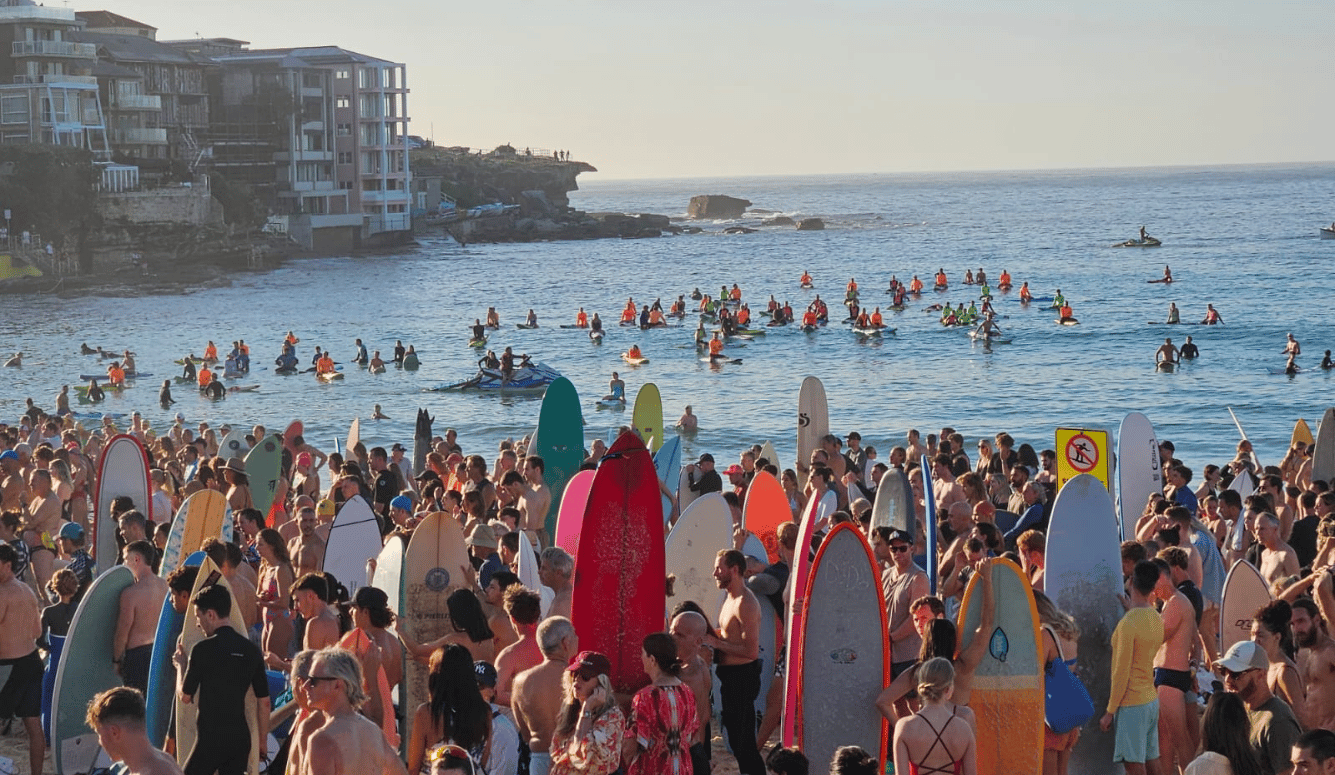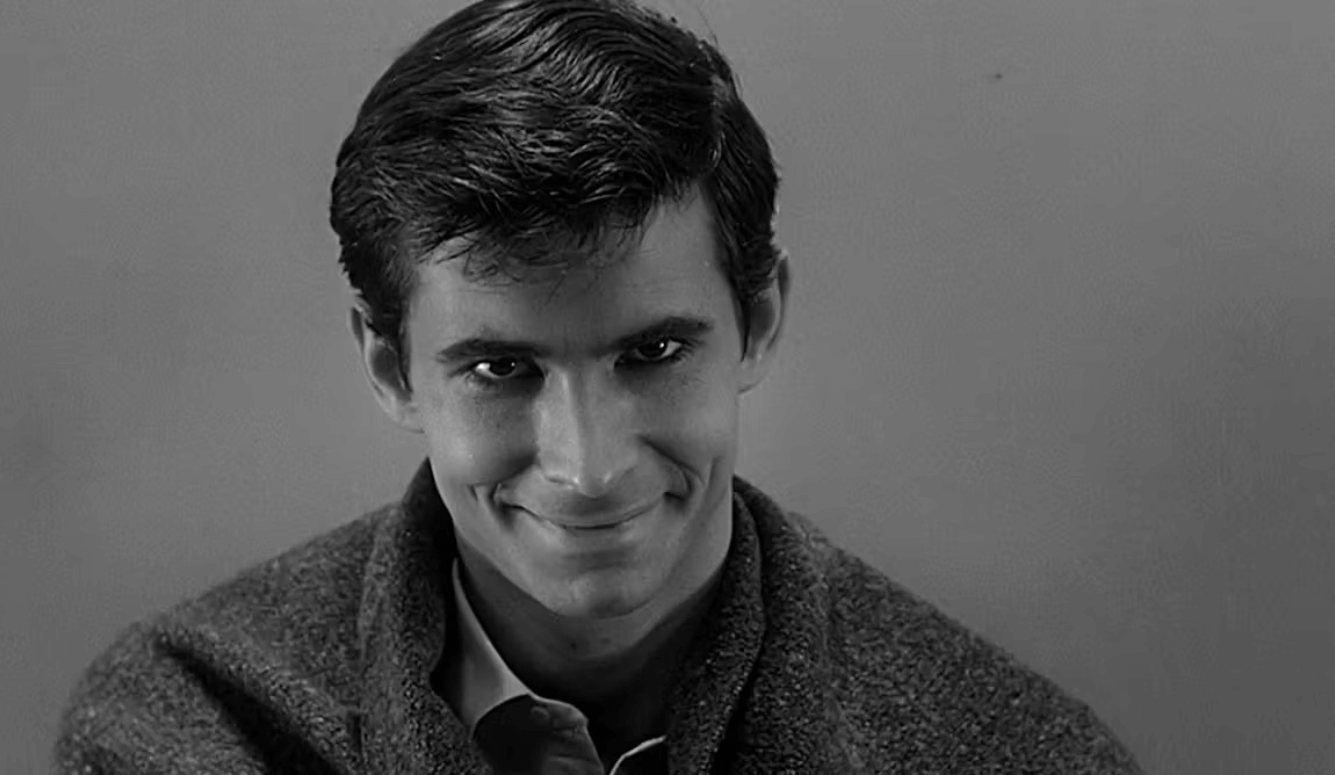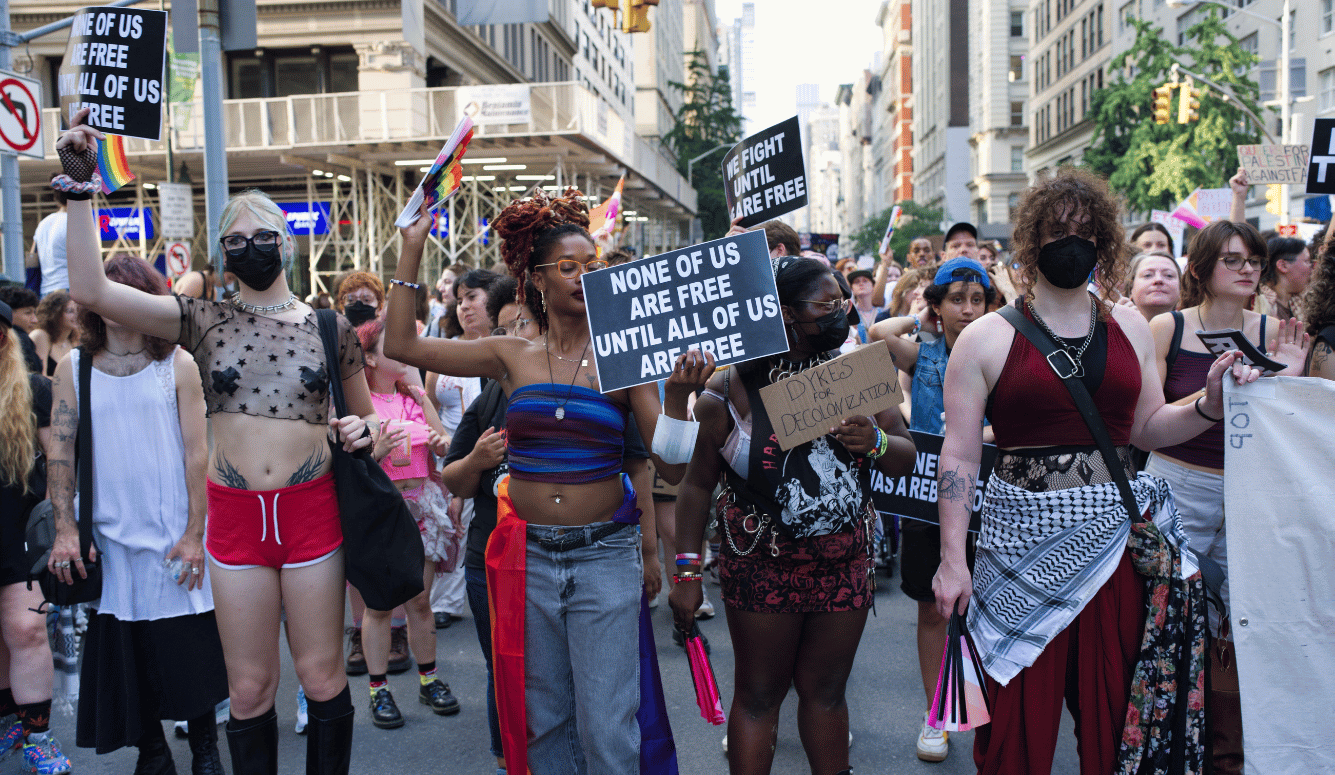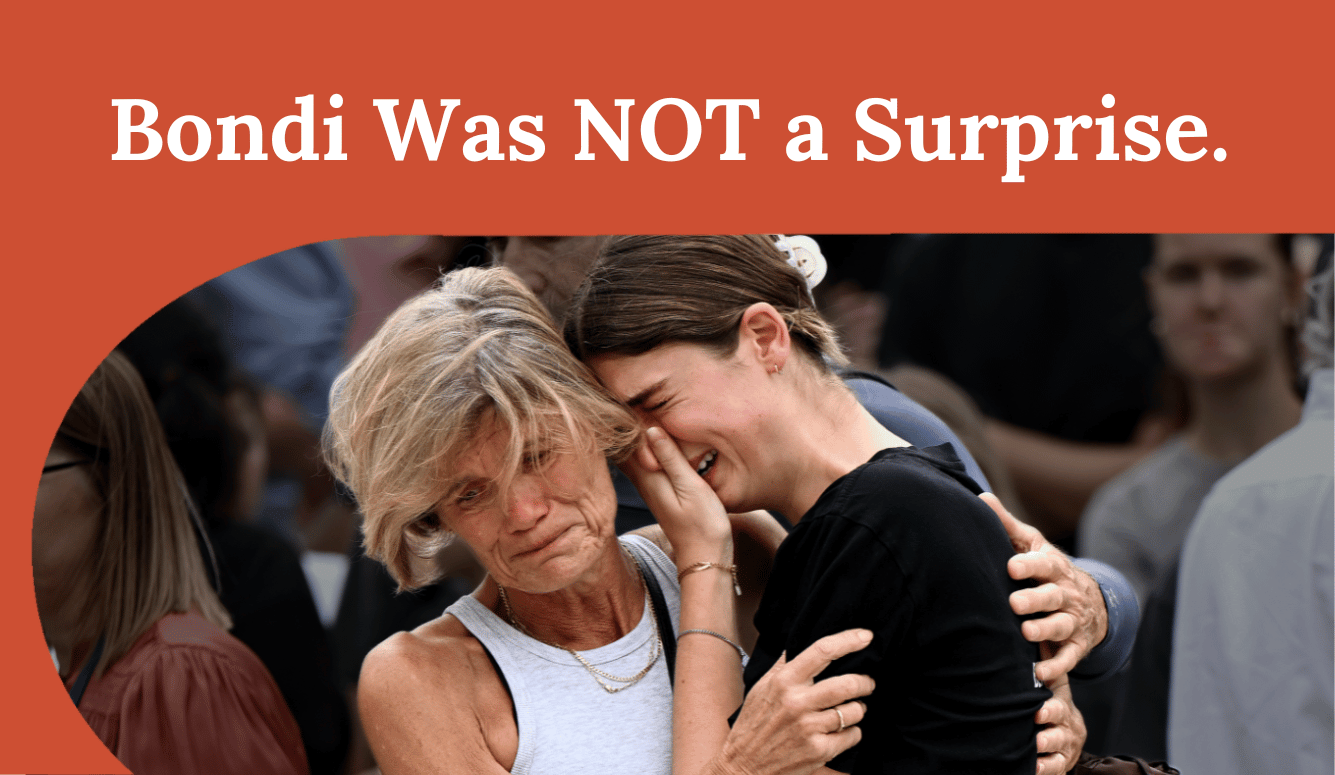Politics
Gaza and the Collapse of Truth-Seeking
The Gaza aid-site controversy and a crisis of journalism.
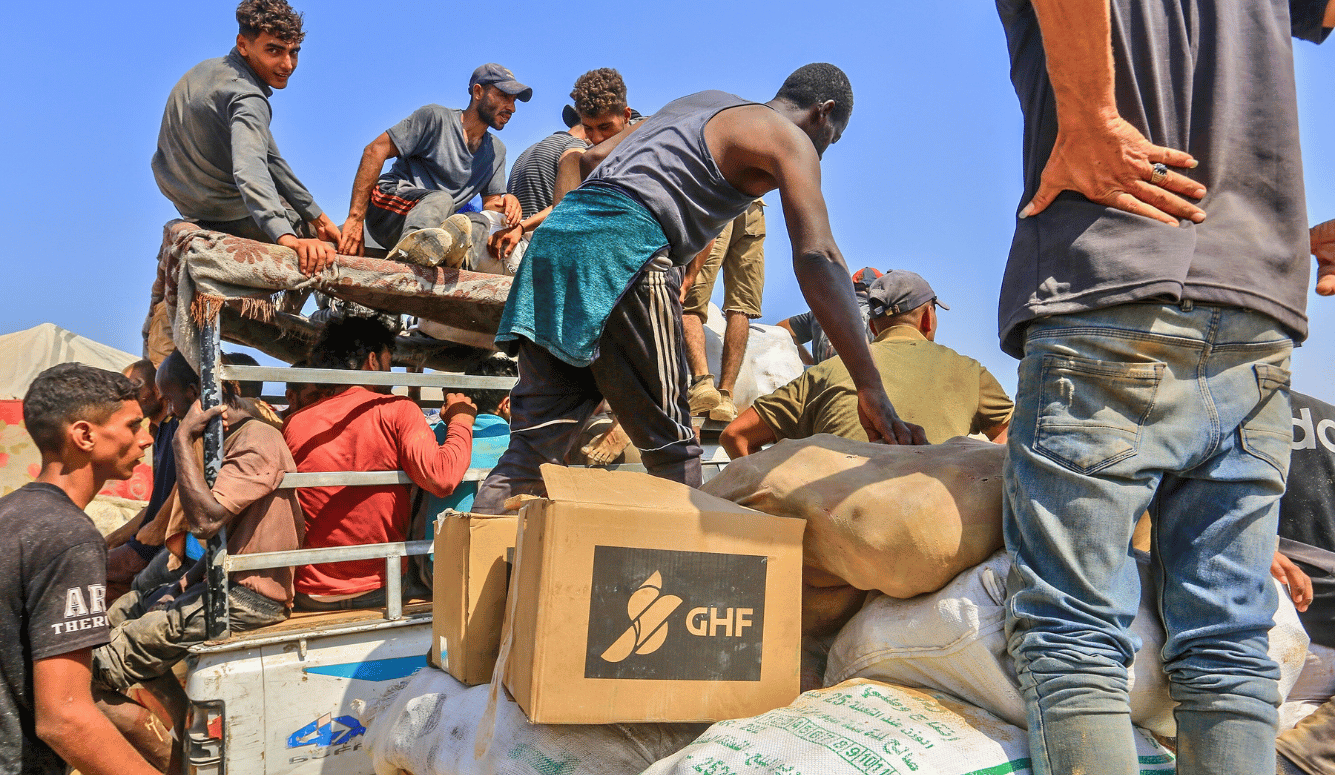
One of the biggest stories of the year sits on a shelf, unreported and unremarked upon in serious ways. For those willing to look closely, this omission indicates a larger and increasingly dangerous breakdown of truth-seeking in public life.
On 31 July 2025, the United Nations Office of the High Commissioner for Human Rights (OHCHR) issued a press release in which it announced that “at least 1,373 Palestinians have been killed while seeking food” since 27 May. “Most of these killings,” the statement added, “were committed by the Israeli military.” Subsequent UN “situation updates” during early September have increased that number to 2,146. If the UN is telling the truth, this would constitute the largest military atrocity committed by a liberal democracy in at least half a century, by a wide margin. For context, according to official tallies, US troops murdered between 347 and 504 civilians during the 1968 My Lai Massacre in Vietnam. There are, however, good reasons to believe that the UN’s figures are wrong.
The exquisite precision of “1,373” and “2,146” notwithstanding, the OHCHR has dispensed entirely with evidence and sources for its Gaza claims. Instead, it hung its entire late-July press release on the word “reportedly,” and offered no external attribution whatsoever in its subsequent updates. That was deemed sufficient by far too many people in today’s information environment, especially after the claims are laundered through credulous “news media.” Not only clickbait sites and wire services but also legacy media such as the BBC and the New York Times promoted the UN’s precise numbers this summer. Other news sources hedged with “more than 1,000” killed, while influencers on social media simply printed the bumper stickers.
This is the kind of information and these are the supposedly reliable sources from which AI chatbots collect their internet scrapings when they are asked, “How many Gazans have been killed by Israel trying to get to food aid sites since May?” Try it yourself.
Missing from any of these information sources, however, are photographs or videos of the killings, documentary records of any kind, or any independent confirmation of the UN’s claims besides a handful of (unverified) first-person anecdotes. In a typical example, USA Today and its local-news affiliates linked a “gallery” of 22 photographs to a 4 August wire story about aid-site killings in Gaza, not one of which includes a dead person, let alone evidence of a larger atrocity. The slide-show makes clear that cameras do exist in Gaza, but we are invited to believe that not a single phone or other image-recording device documented even one of 1,400 killings that by then had allegedly taken place near crowded food-delivery locations and access routes over the course of more than two months.
In late July, a self-described “eyewitness” finally emerged—a former US Army green beret named Anthony Aguilar, who had been dismissed as a security contractor for the Gaza Humanitarian Foundation. News organisations (including the BBC and PBS), websites, and numerous podcasts carried interviews with Aguilar in which he was described as a “whistleblower” and permitted to allege “barbaric” tactics and “war crimes” on the part of US security contractors and the Israel Defence Forces (IDF). Nobody seemed to mind that the accompanying footage from Aguilar’s body camera showed not a single killing. Aguilar’s most heart-rending story—in which he claimed to have been kissed by a grateful Palestinian boy whose killing he then witnessed—was later found to have been fabricated in every detail. The boy was never shot and remains alive. At the time of writing—four days after Aguilar’s claims had been fully discredited in early September—neither the BBC nor PBS had amended their earlier coverage.
As consumers of this kind of evidence-free “content,” ordinary citizens can be divided into roughly four categories, depending on the topic at hand. Some of us accept unverified information out of naked bias. In the case of the Gaza food-aid story, millions of our fellow citizens in the West require no evidence to embrace the familiar and uncomplicated fable of Israeli (or Jewish) evil. Indeed, facts or even nuances are highly inconvenient for these consumers, who then must take the trouble to cancel or wilfully ignore the purveyors of such evidence.
Others of us respond with what might be called “learned ignorance.” This fast-growing group has simply never been taught how to distinguish between fact and fiction, let alone fact and claim. On the contrary. Their education includes fewer and fewer examples of objective inquiry, the scientific method, and the principle of innocence until proven guilty, but many classroom hours of propaganda and critical theorising that condemns the disfavoured without a hearing. In today’s post-truth information environment, the learned ignorant are society’s babes in the woods.
A third group of us go along to get along. We conform—or appear to conform—via our social-media “likes,” our cocktail-party commiserations, our bumper stickers, or simply our silence. This is how we avoid the professional or social consequences of perceived dissent from the prevailing narratives of powerful in-groups. It is one thing to set your drunken uncle straight at a family dinner, but it is quite another to question the chosen dogma of your CEO, your pastor, your university dean, or a vaunted international organisation on the issue of the moment.
